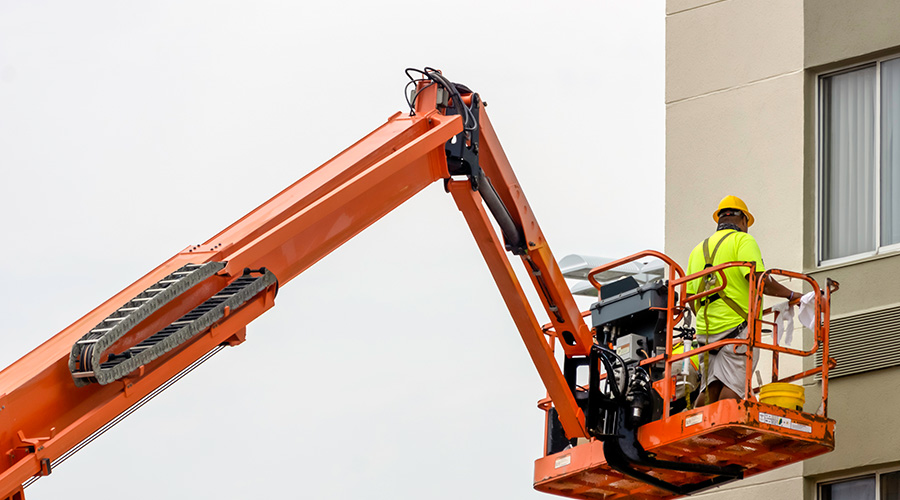Hazmat Management: Containers Key to Technician Safety
To ensure the safety of technicians, inspectors should evaluate and document the condition and appropriate use of containers. They should look for unstable and compromised chemicals, corroded or unstable containers, sagging cabinets, and corroded shelving or supports housing chemicals.
Flammable chemicals require special attention, and managers must be aware of the locations and quantities of flammable products and waste, including quantities.
Local fire departments usually enforce NFPA codes on flammable material, and local regulations dictate: the storage, dispensing, and use of flammable materials; the types of flammable-chemical storage equipment; and emergency-response systems, including equipment, supplies, signs, and communication systems. Managers also should determine whether local regulations govern the storage of corrosive and oxidizing materials.
Hazard Communication
Once the inspection identifies hazardous chemicals, managers should obtain and review material safety data sheets (MSDS) to determine if the chemicals are hazardous. The Occupational Safety and Health Administration (OSHA) regulates communication regarding hazardous chemicals under 29CFR1910.1200.
The hazard-communication standard requires managers to have a written program on chemicals in the workplace. The written plan must contain all of the required elements to comply. The program must describe the way the department or facility meets requirements for labels and other forms of warning, MSDS, and employee information and training.
Related Topics:














